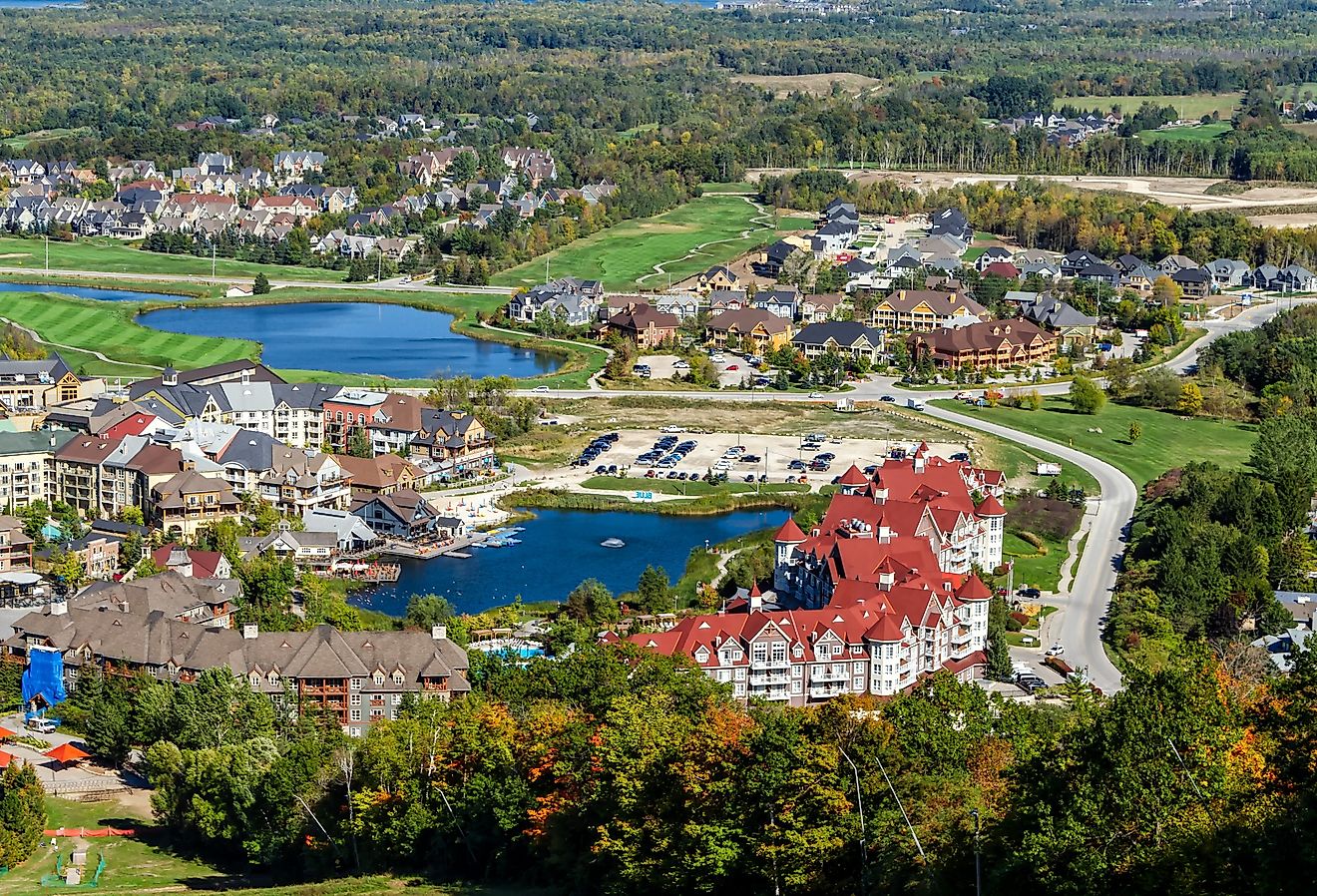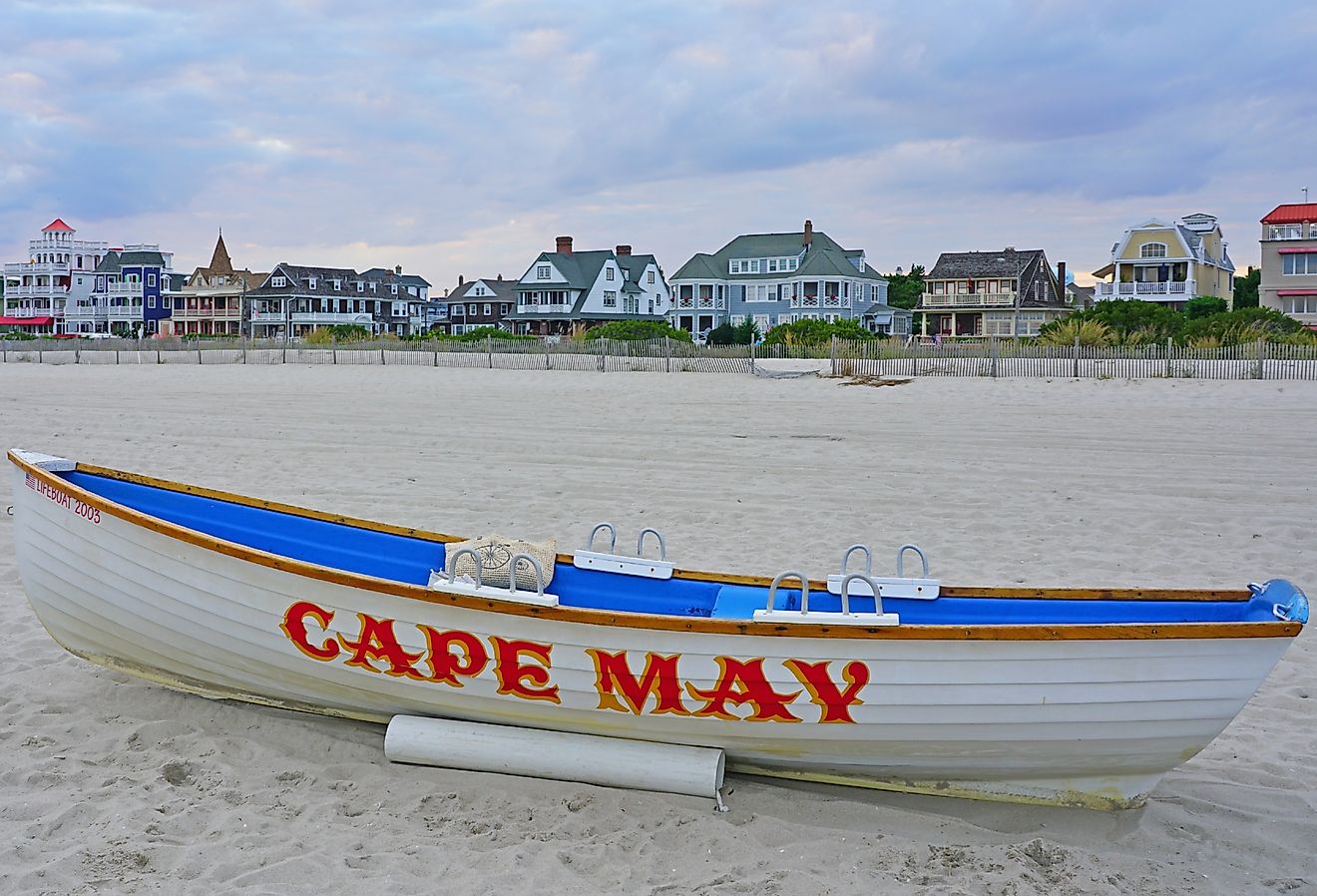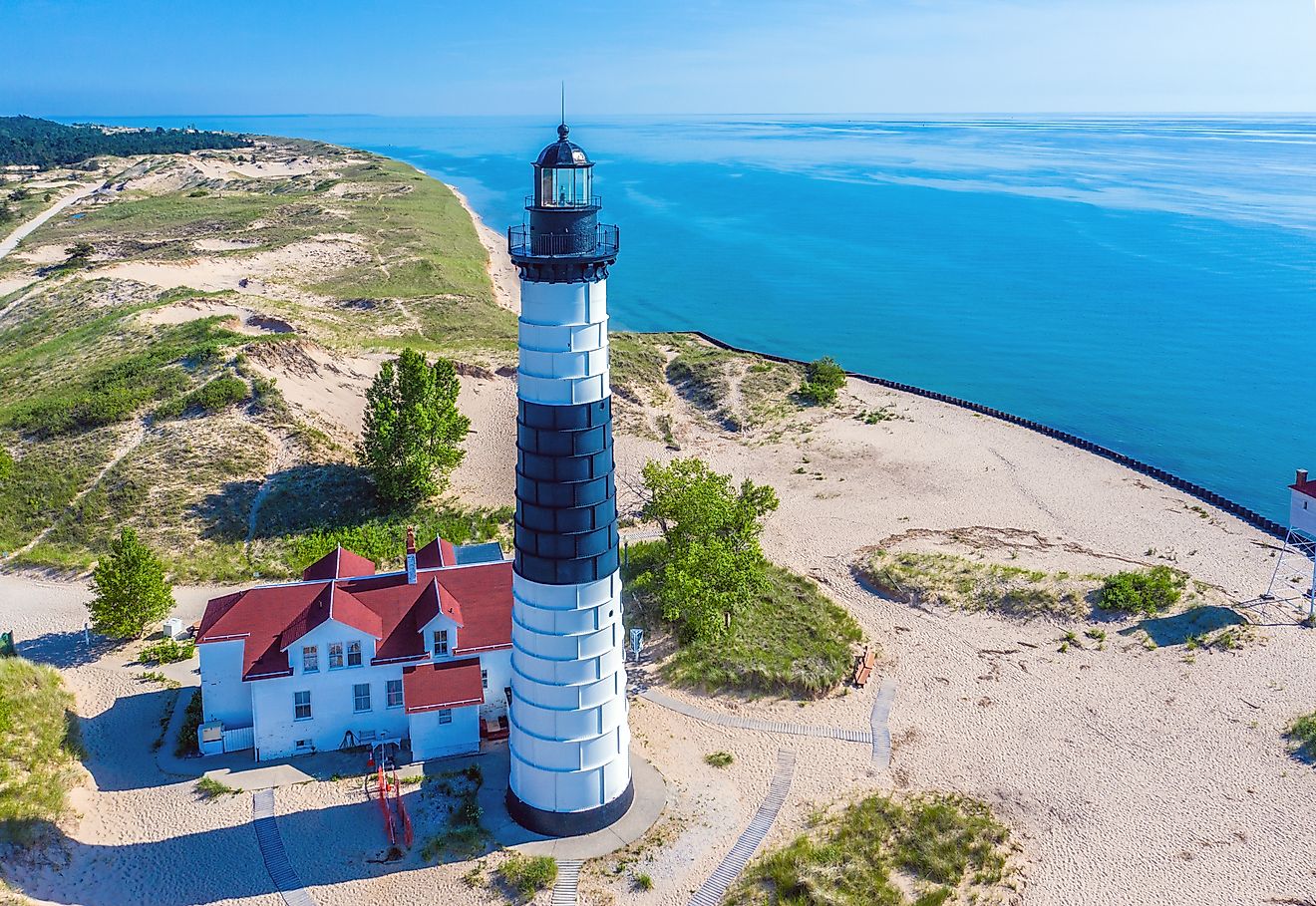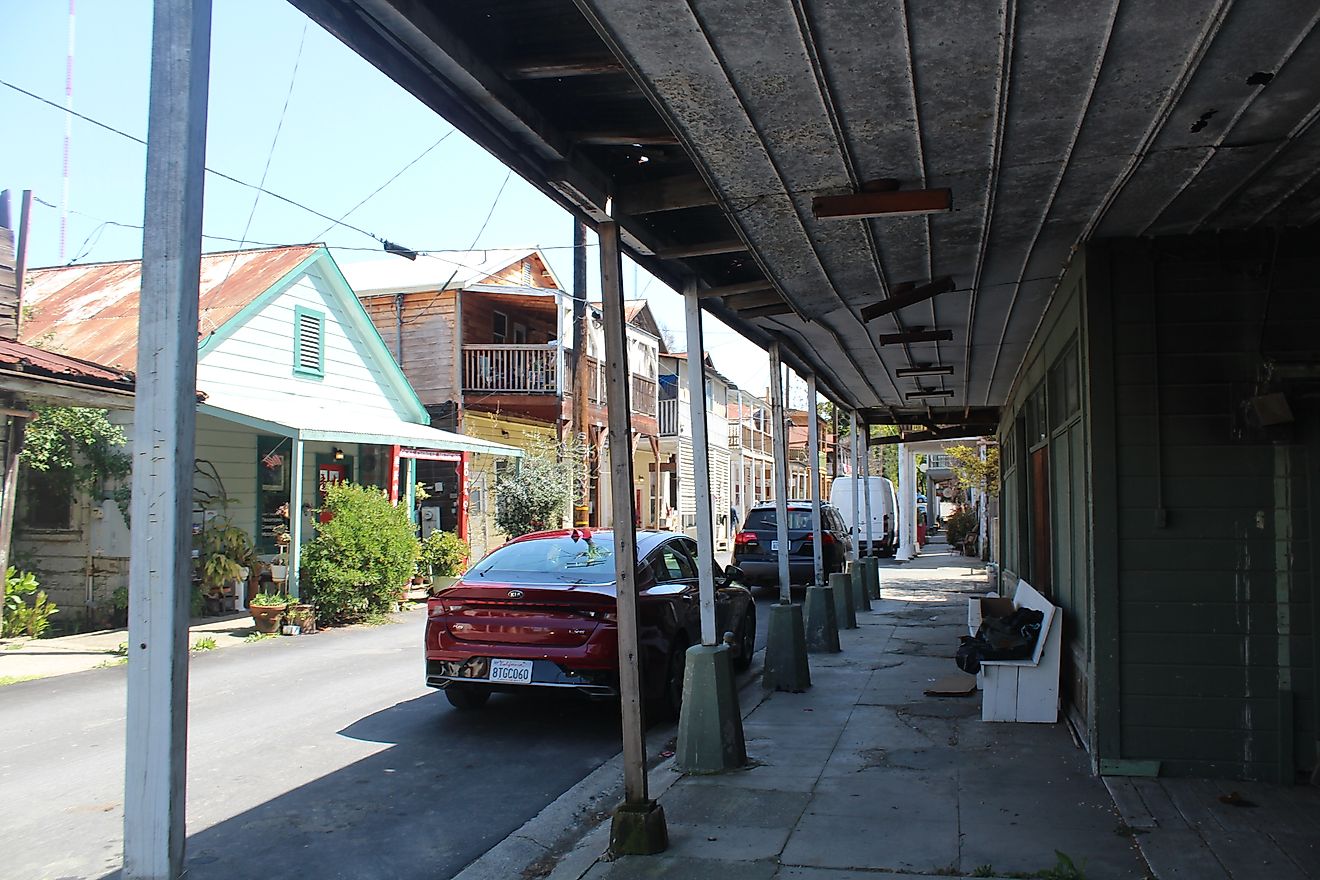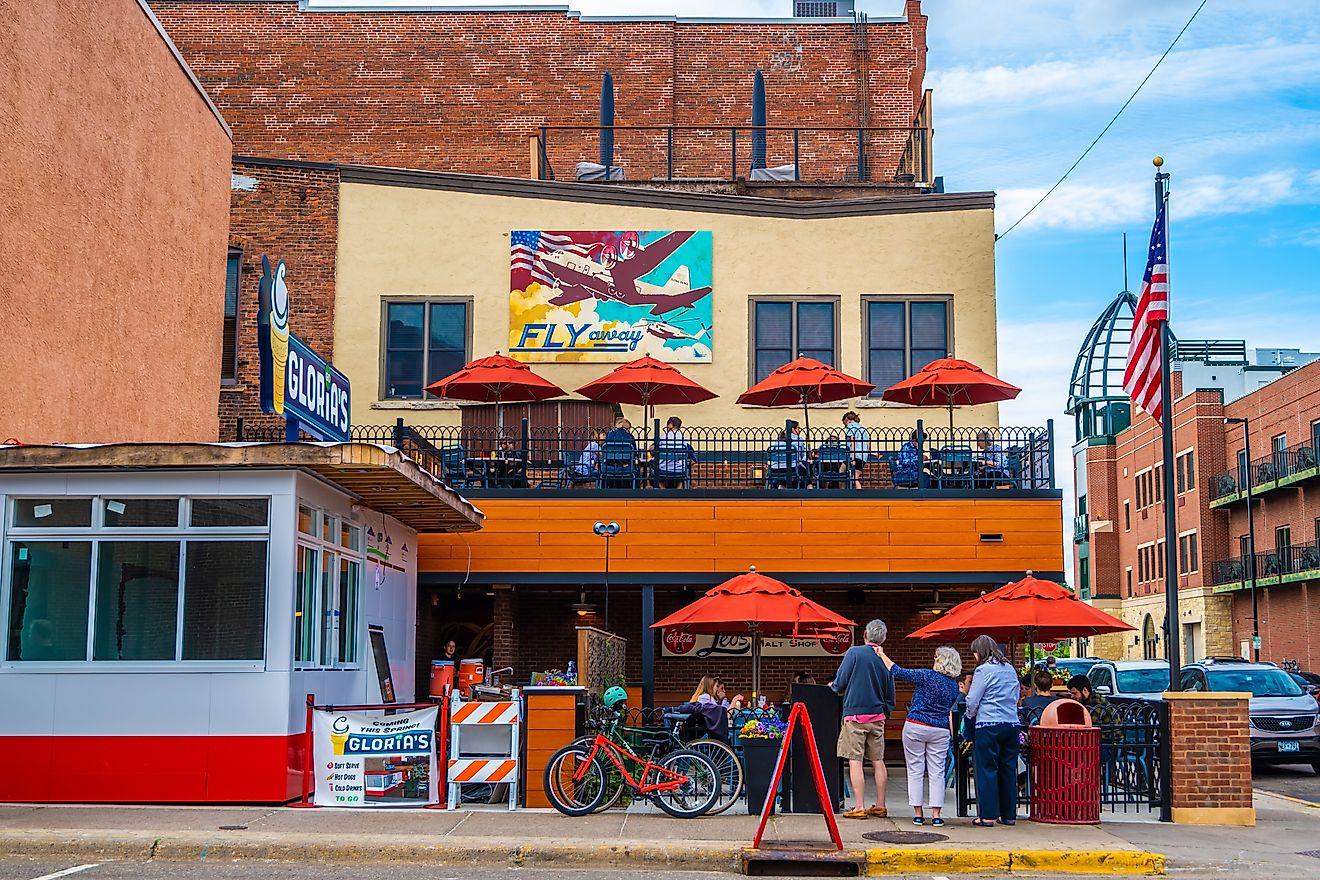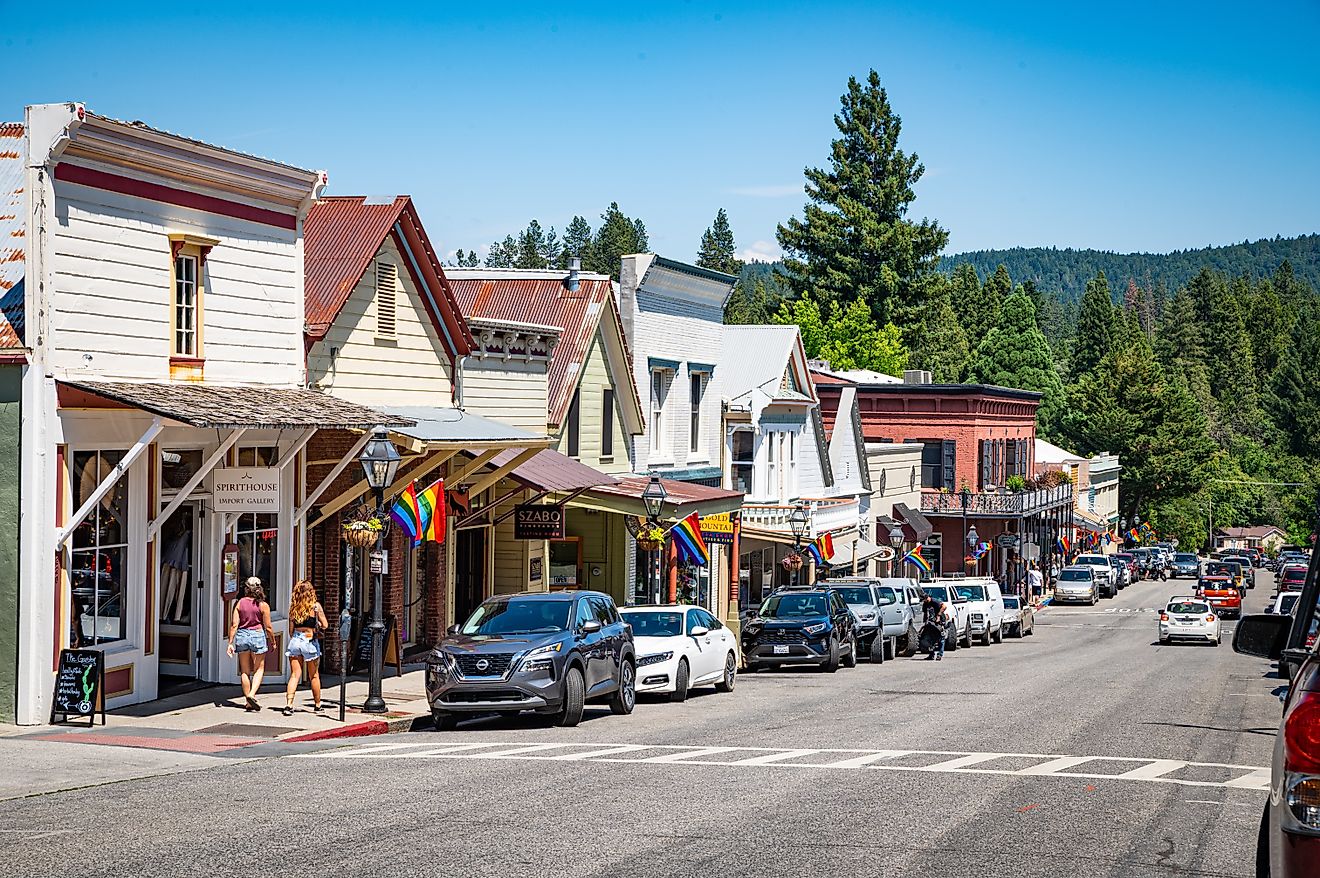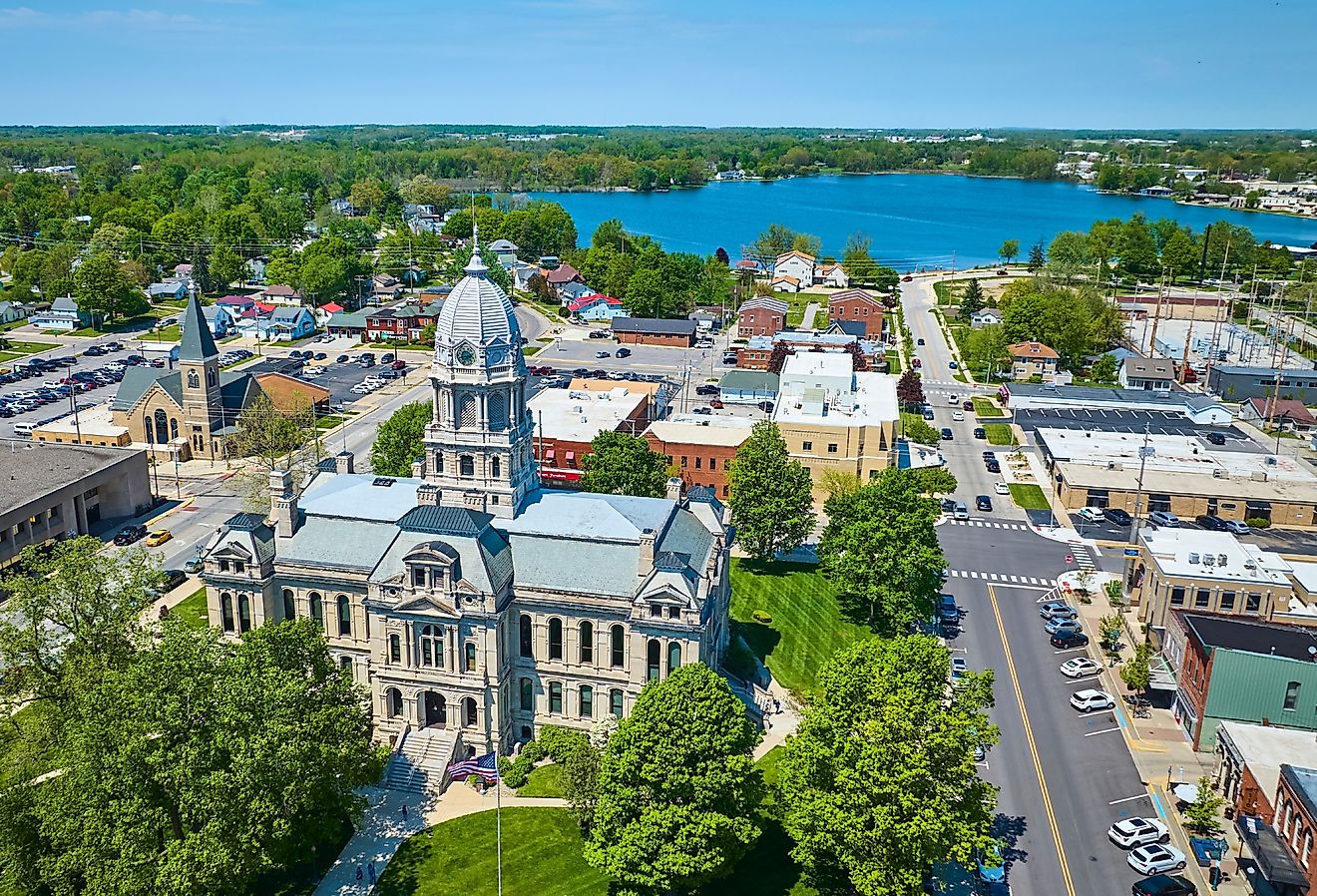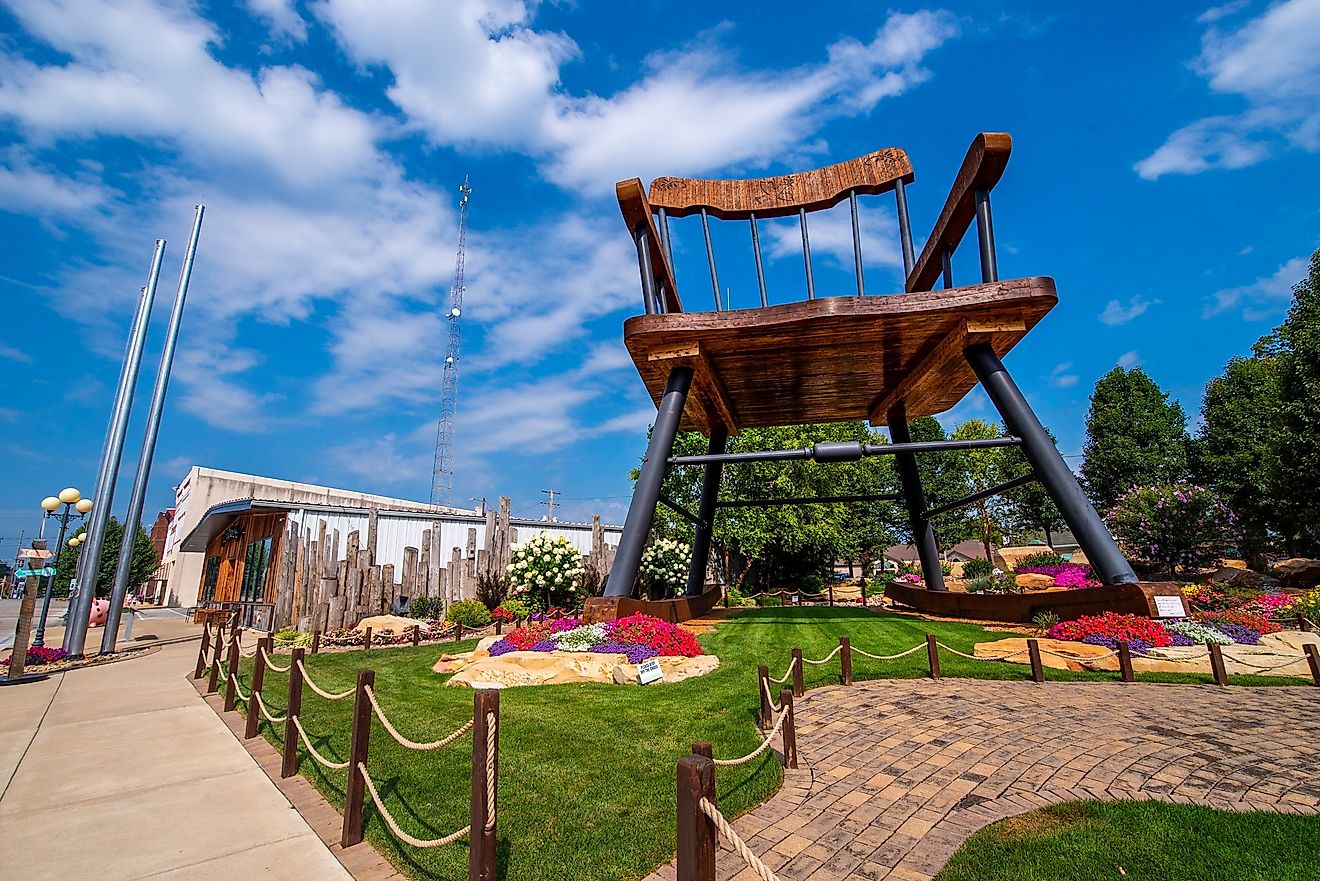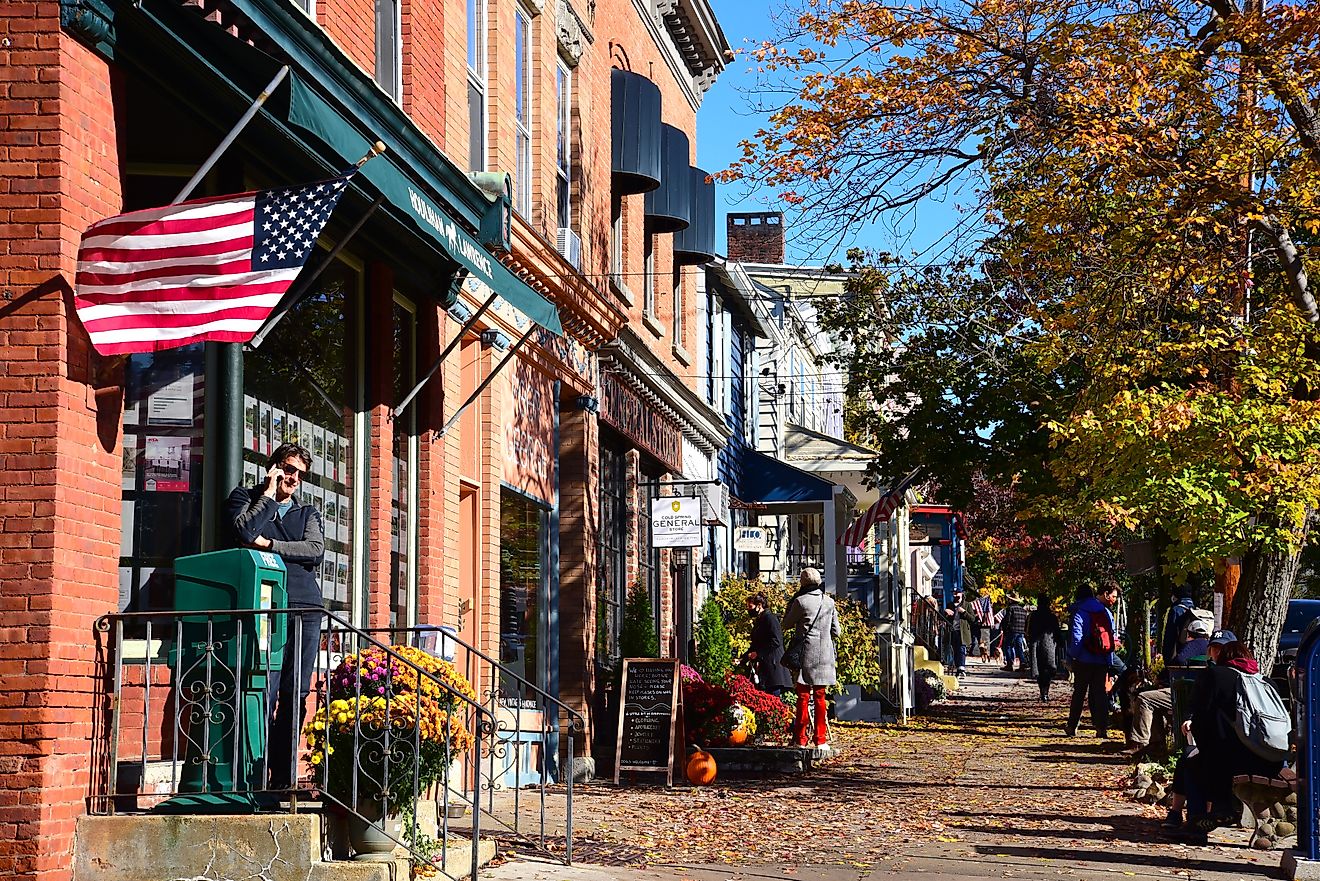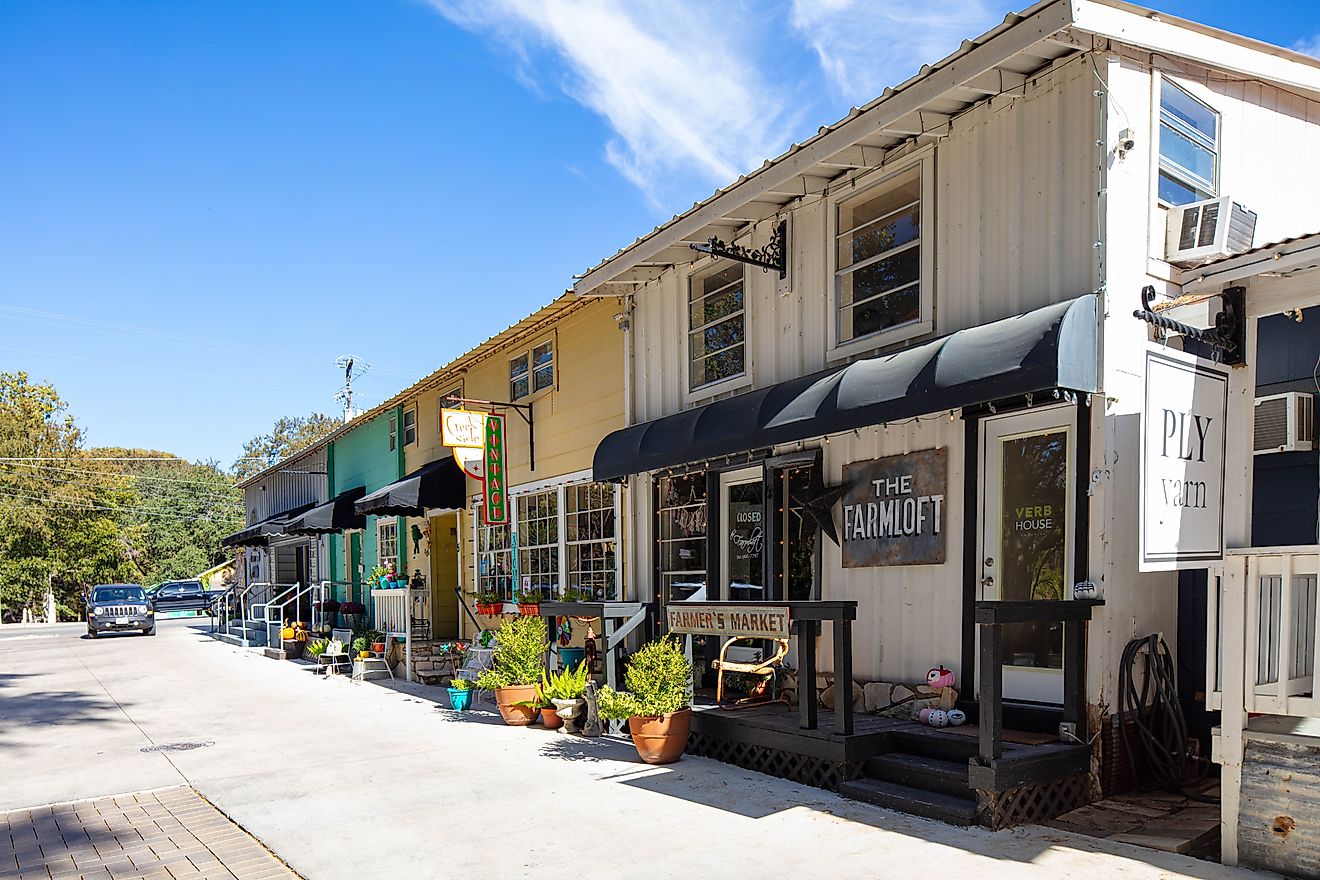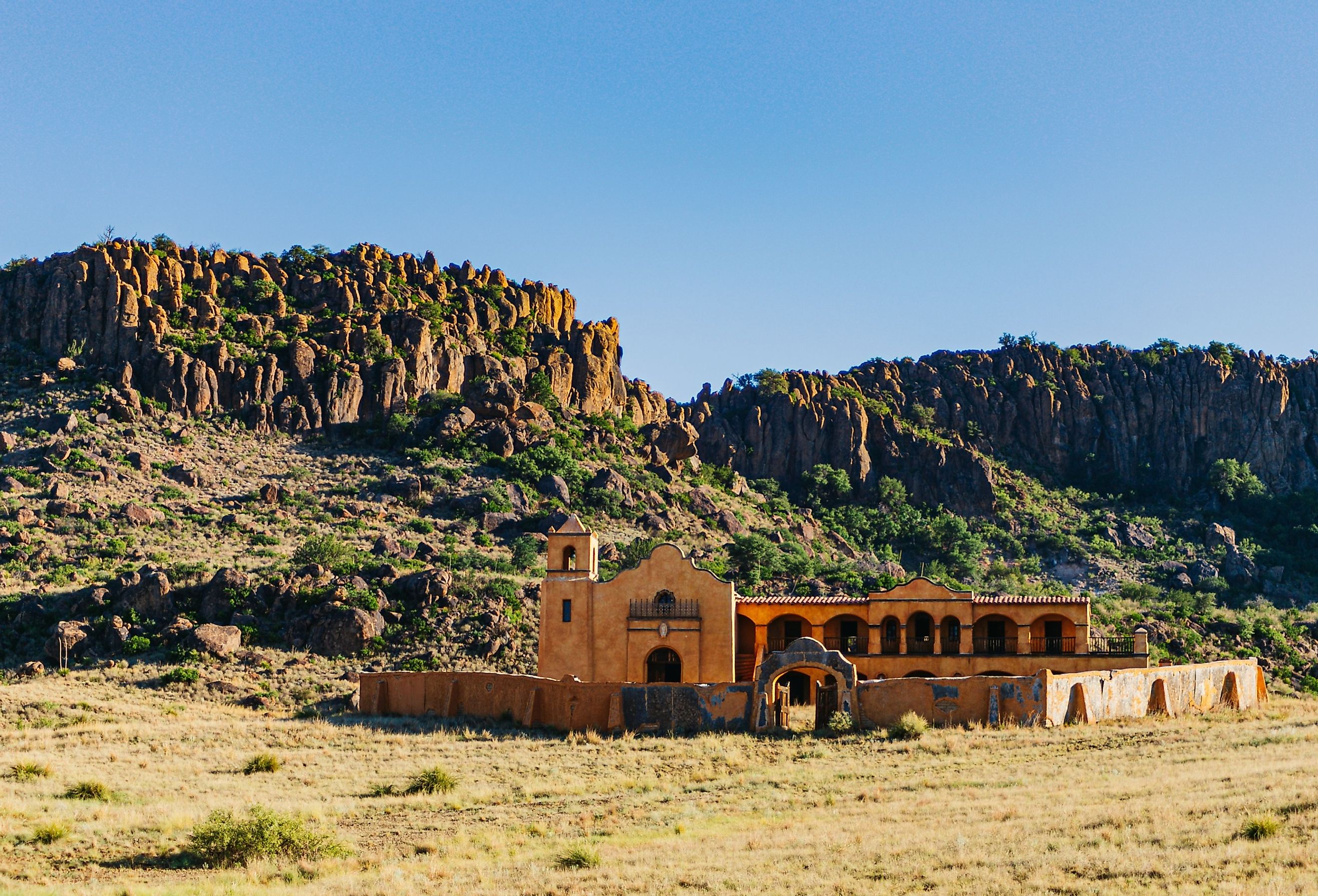
10 Secluded Towns in Texas
Texas is the second-largest state in both area and population. While major cities like Houston, Dallas, and Austin attract millions of visitors each year, Texas is also home to numerous small, secluded towns that are also worth the visit! These towns offer a glimpse into the quieter side of the state, where local history and unique traditions thrive. From the Hill Country to the Gulf Coast, these ten lesser-known destinations provide travelers with an opportunity to experience a slower pace of life while enjoying the natural beauty and cultural heritage that define Texas.
Marfa
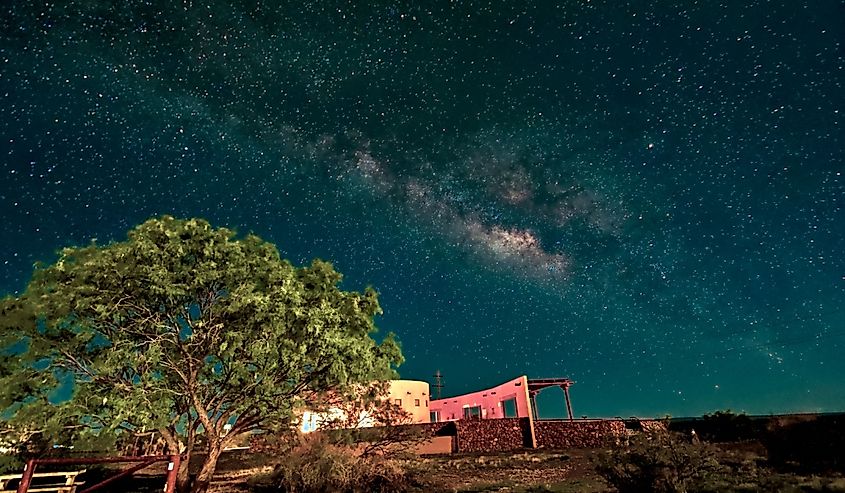
Marfa is a small town in West Texas, originally founded in the 1880s as a railroad water stop. Its remote location made it an ideal site for military operations during World War II when the Marfa Army Airfield was established. The town gained wider recognition in the 1970s when minimalist artist Donald Judd relocated there, transforming it into a contemporary art hub. Today, Marfa is known for its blend of ranching heritage and modern art.
When visiting Marfa, you can start by exploring the Chinati Foundation, an art museum founded by Donald Judd that features large-scale installations. Another notable activity is visiting the mysterious Marfa Lights viewing area, where unexplained lights appear in the distance. Finally, take time to visit Marfa’s downtown area, where you can find a mix of art galleries and shops, such as Raba Marfa, that reflect the town’s cultural evolution.
Wimberley
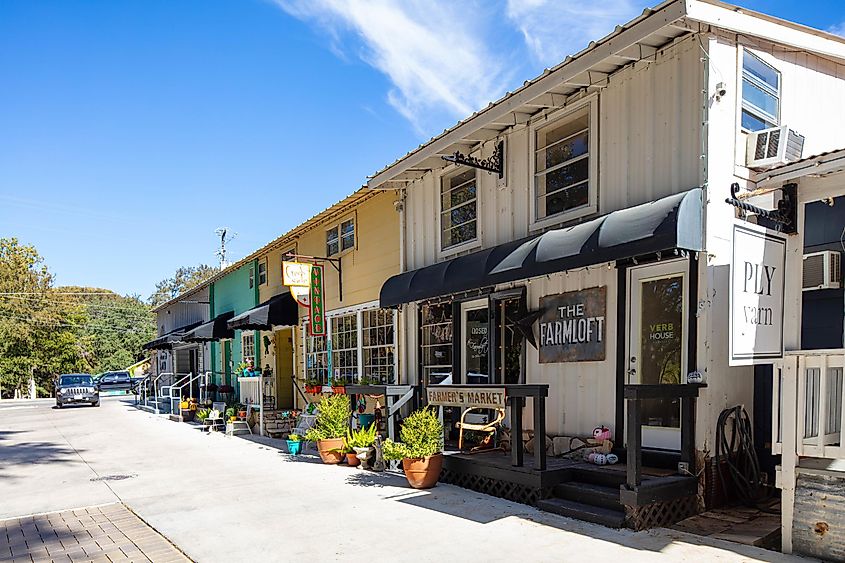
Wimberley, located in the heart of the Texas Hill Country, has a long history as a trading post along the Blanco River. The town was established in the 1850s and grew as a ranching and milling community. Over time, Wimberley became a gathering place for artists and musicians, drawn to its natural surroundings and small-town atmosphere.
Visitors to Wimberley can begin by exploring Jacob’s Well, a natural spring that has been a vital water source for centuries. The well is now a popular swimming and hiking spot. Another outdoor attraction is Blue Hole Regional Park, where you can enjoy hiking trails and swimming in the natural spring-fed pool. Lastly, you can explore Wimberley’s town square, which hosts a weekend market every Saturday and Sunday.
Jefferson
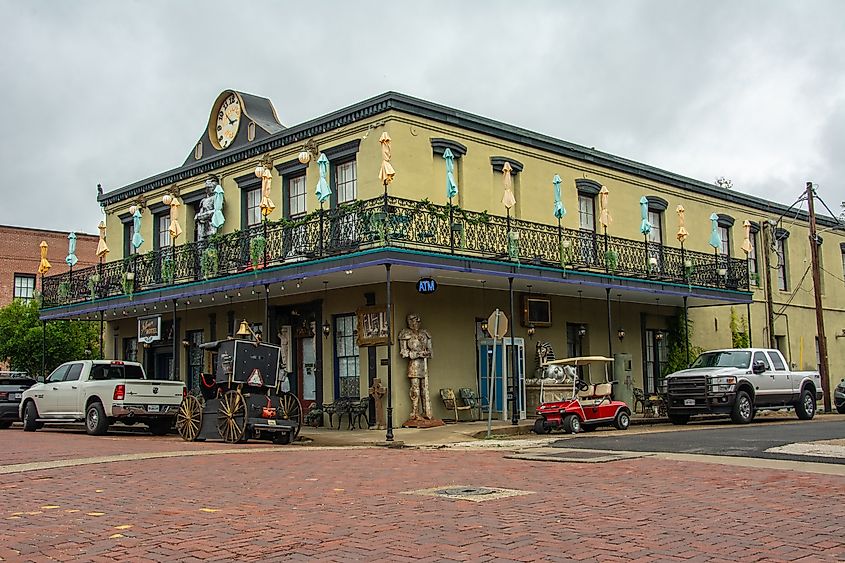
Jefferson, located near the Louisiana border, was founded in the early 1800s and grew rapidly due to its location along the Red River, making it an important riverport town. During the mid-19th century, Jefferson was a bustling trade center, second only to Galveston in importance. Its history is closely tied to the steamboat industry, which transported goods and people throughout the region.
When visiting Jefferson, take a steamboat tour on Caddo Lake, which offers a glimpse into the town’s past as a vital transportation hub. Another key activity is visiting the Jefferson Historical Museum, which houses artifacts and exhibits related to the town’s history. For a more immersive experience, consider a walking tour of the town’s historic district, where many 19th-century homes and buildings have been restored and preserved.
Luckenbach
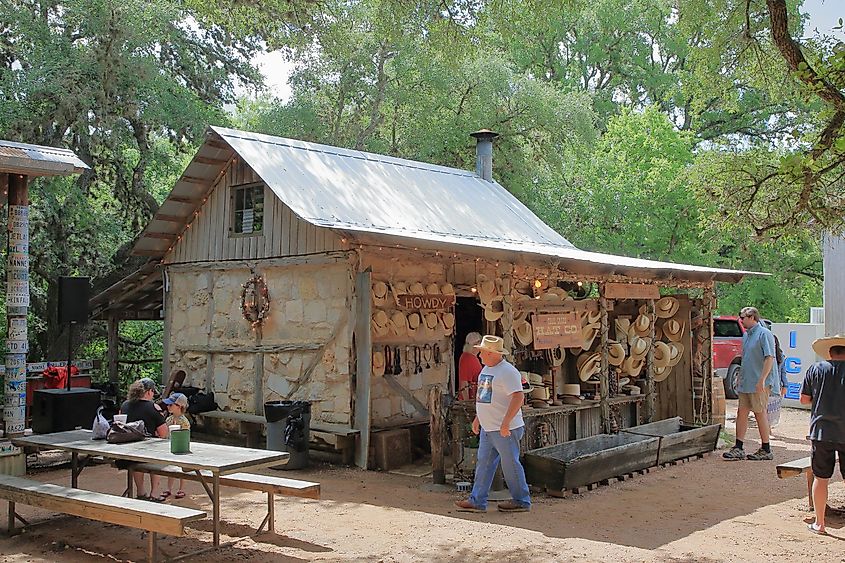
Luckenbach was established as a trading post in the 1840s and became a small rural community in the Texas Hill Country. It gained fame in the 1970s thanks to a country music song by Waylon Jennings and Willie Nelson, which helped put this tiny town on the map. Despite its small size and remote location, Luckenbach has become synonymous with Texas' country music culture, attracting musicians and visitors from all over.
In Luckenbach, the first thing to do is attend one of its live music events, which take place regularly at the iconic Luckenbach Dance Hall. Another activity is exploring the town’s general store, which has operated since the 1800s and functions as a gathering place for locals and tourists alike. Finally, take time to walk around the small town to see its historic structures, including the original post office, which still stands as a symbol of Luckenbach’s roots.
Gruene
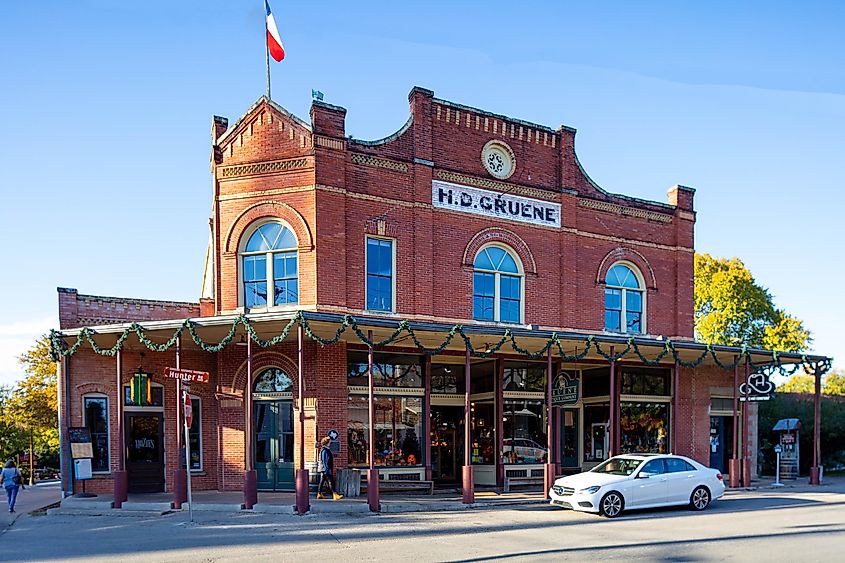
Gruene, a small community located along the Guadalupe River, was founded in the mid-19th century by German immigrants who established cotton farming in the area. The town’s name comes from its founder, Ernst Gruene, whose family built many of the structures that still stand today. In the late 1800s, Gruene became a thriving cotton town with a bustling economy, but the decline of cotton farming led to its near abandonment. In the 1970s, efforts to restore the town’s historic buildings led to a resurgence in tourism.
Visitors to Gruene can start by visiting Gruene Hall, the oldest continually operating dance hall in Texas, where live music performances are held regularly. Another notable stop is the Gristmill River Restaurant & Bar, which is housed in a former cotton gin and offers views of the Guadalupe River. Lastly, explore Gruene’s antique shops and boutiques, such as Greune General Store and Greune Antique Company, which are located in restored historic buildings.
Dripping Springs
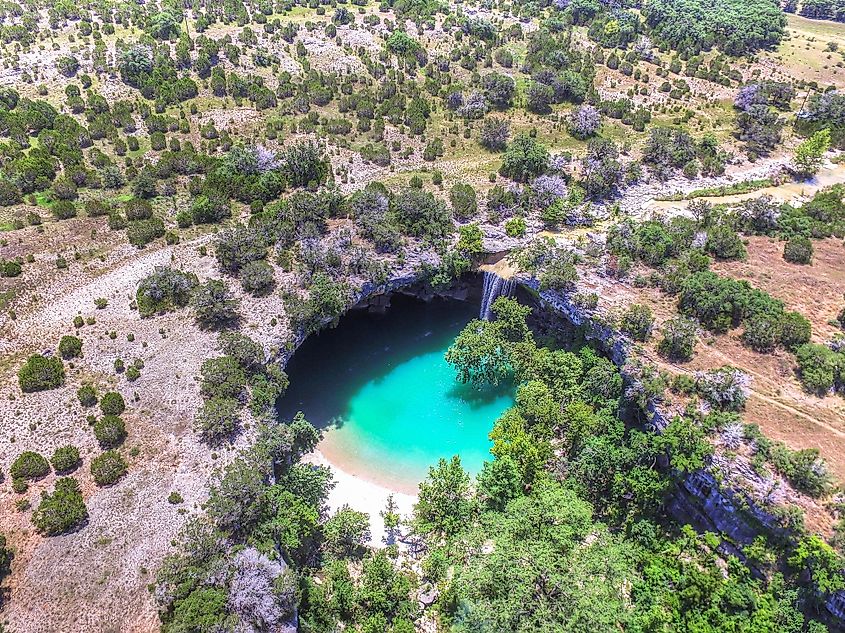
Dripping Springs, often called the "Gateway to the Hill Country," was established in the mid-1800s by early settlers drawn to the area's fertile land and abundant water sources. The town's name comes from the springs that drip from the limestone ledges surrounding the area. Dripping Springs quickly became a hub for ranching and farming, and its proximity to Austin allowed for steady growth. Today, it remains a rural community but has gained recognition for its wineries.
Visitors to Dripping Springs can start by exploring Hamilton Pool Preserve, a natural swimming hole formed by a collapsed grotto, offering hiking trails and opportunities for nature observation. Another key activity is visiting one of the local distilleries or wineries, such as Deep Eddy Vodka Tasting Room or Dripping Springs Distilling, both of which offer tours and tastings. Lastly, Dripping Springs is home to several parks and trails, including Dripping Springs Ranch Park, which has hiking, horseback riding, and picnic areas.
Alpine
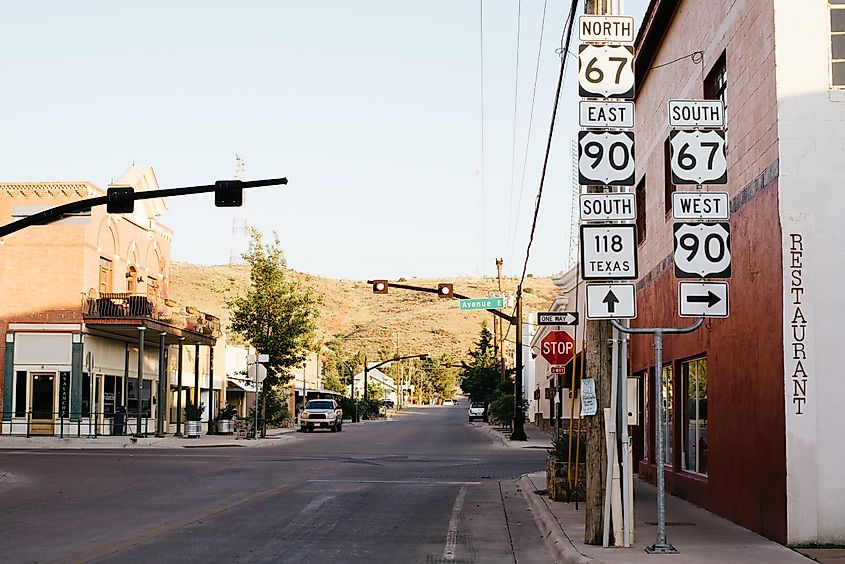
Alpine, located in the Big Bend region of West Texas, was founded in the 1880s as a railroad town, providing services to the Southern Pacific Railroad. Its remote location made it an important supply center for ranchers and miners in the surrounding area. Alpine grew steadily through the early 20th century, and today it serves as the gateway to Big Bend National Park. Despite its small size, Alpine is a cultural and educational center, home to Sul Ross State University and a thriving arts community.
When visiting Alpine, one of the top activities is exploring the Museum of the Big Bend, located on the campus of Sul Ross State University, which offers exhibits on the region’s history, geography, and culture. Another popular stop is the Alpine Murals, a series of public artworks that depict scenes from the area’s history and natural landscape. Finally, Alpine is a base for outdoor enthusiasts, with hiking and stargazing opportunities at nearby Davis Mountains State Park and the vast expanse of Big Bend National Park.
Round Top
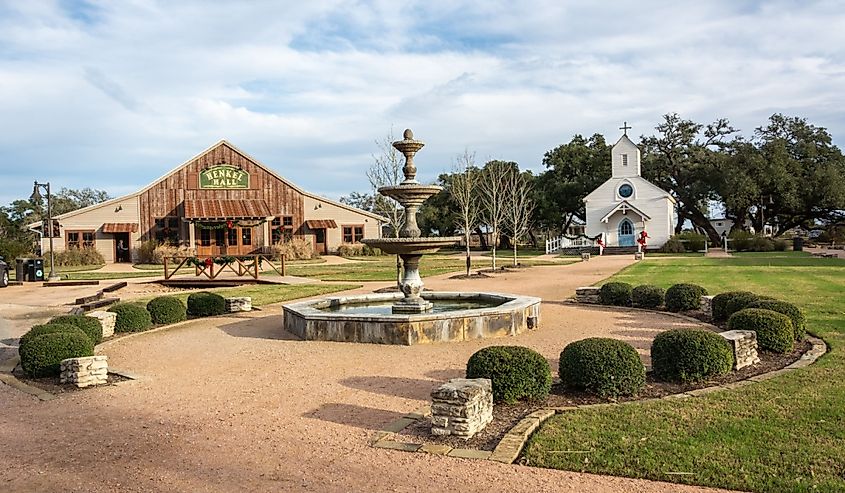
Round Top, located between Austin and Houston, was founded in the 1830s and has maintained its small-town feel despite its popularity as an antique destination. The town was named after the rounded top of a stagecoach house that once stood in the area. Originally a farming community, Round Top is best known today for its bi-annual Round Top Antiques Fair, which draws thousands of visitors to the town for several weeks each year.
As mentioned, the Round Top Antiques Fair occurs in spring and fall and features hundreds of vendors selling antiques, art, and collectibles. Another key stop is Henkel Square Market, a collection of restored historic buildings now housing shops, galleries, and restaurants. Lastly, visitors can explore Festival Hill, a concert hall and music institute set on sprawling grounds, which hosts performances and educational programs year-round.
Port Aransas
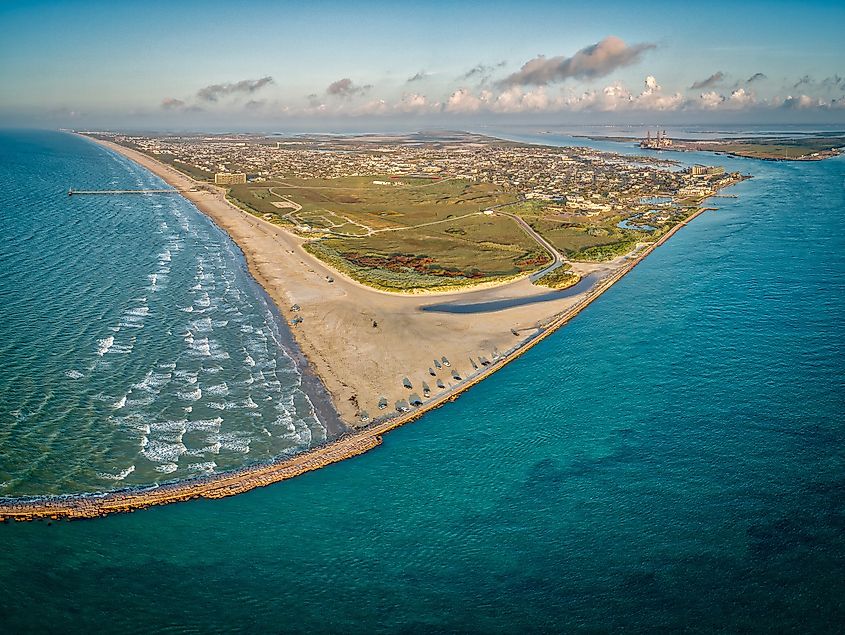
Port Aransas, located on Mustang Island along the Gulf of Mexico, began as a small fishing village in the 1800s. The town’s development was closely tied to the fishing industry, and it grew as a destination for anglers and tourists alike. In the early 20th century, Port Aransas became known as a sport fishing hub, attracting visitors for its abundant marine life. Today, it remains a small coastal town known for its beaches, fishing, and laid-back atmosphere, making it a popular destination for those seeking a Gulf Coast getaway.
When visiting Port Aransas, start by exploring Mustang Island State Park, where you can enjoy miles of beach, camping, and opportunities for bird watching and fishing. Another popular activity is deep-sea fishing, with several local companies offering charter services for anglers of all skill levels. Lastly, the Port Aransas Nature Preserve has hiking and wildlife observation, with boardwalks and trails that provide access to coastal wetlands and dunes.
Castroville
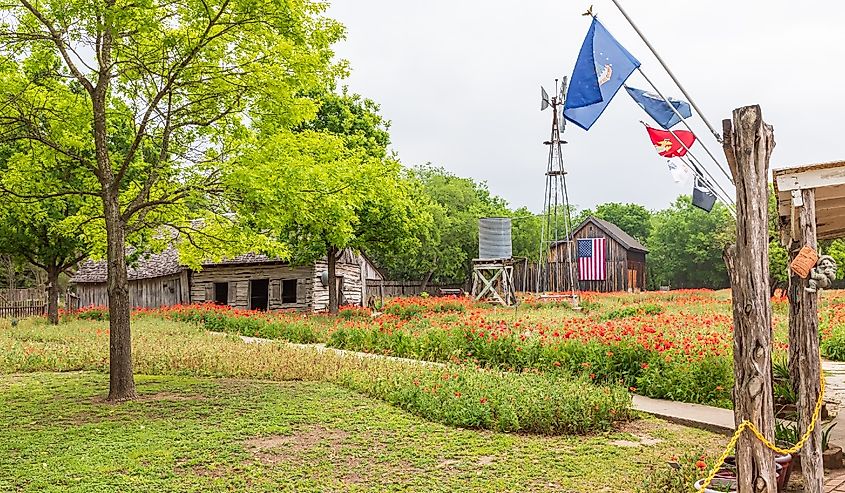
Castroville, located west of San Antonio, was founded in 1844 by Henri Castro, a French diplomat who brought Alsatian immigrants to Texas. The town became known as “The Little Alsace of Texas” due to its settlers’ European heritage, which is still visible in the town’s architecture and cultural traditions. Castroville thrived as an agricultural community, and its historic buildings have been well-preserved, providing a glimpse into its 19th-century origins.
Visitors to Castroville can begin by exploring the Steinbach Haus Visitors Center, which is a relocated Alsatian house dating back to the 1600s. It now serves as a museum and visitor center, showcasing the town’s heritage. Another notable stop is St. Louis Catholic Church, built in 1870, which reflects the town’s European influence and historical significance. Finally, take a self-guided tour of Castroville’s historic district, where you can view the original Alsatian homes and other well-preserved buildings that define the town’s unique character.
Each of these secluded Lone Star State towns, though remote, provides unique historical insights and local attractions that highlight the state's multifaceted identity. Whether it's immersing in the arts, exploring natural springs, or visiting historic landmarks, these towns offer travelers a meaningful and relaxing escape. For those looking to uncover a quieter, more intimate side of Texas, these secluded destinations provide the perfect opportunity for exploration and connection with the state’s enduring traditions.
